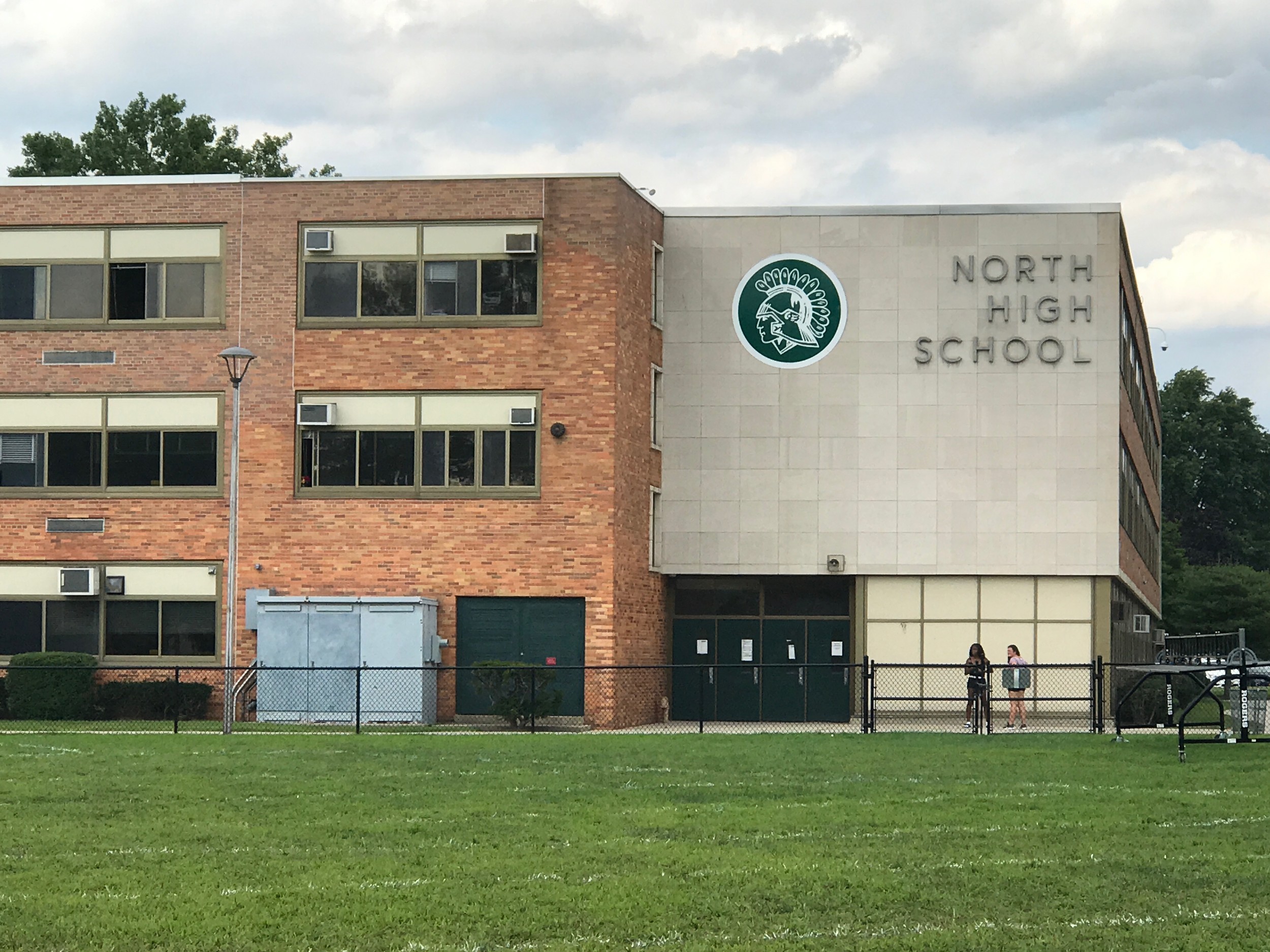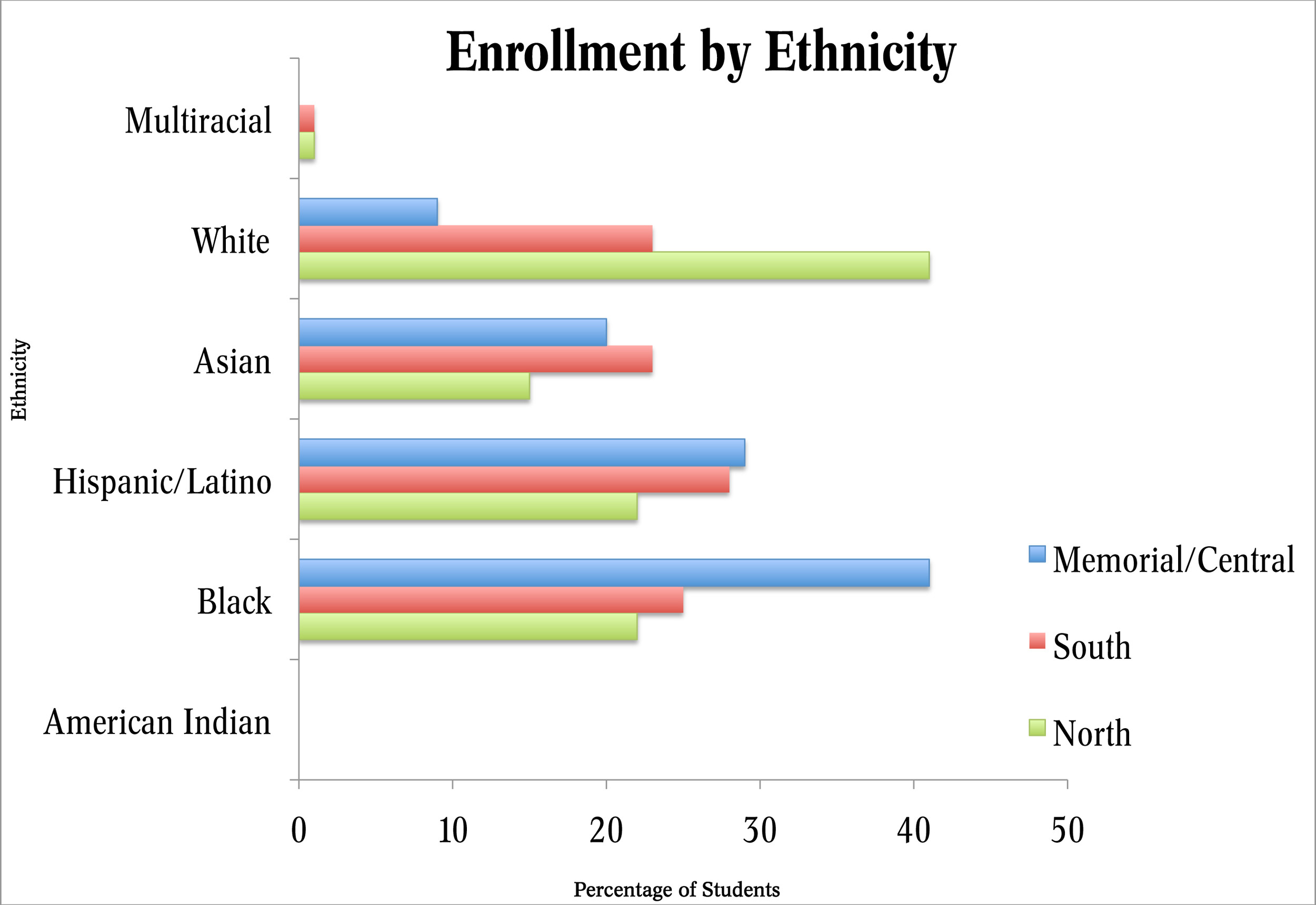Architects: Valley Stream high school closer to capacity than first thought
A new study of North High School commissioned by the Valley Stream Central High School District has determined that the school’s functional capacity is lower than previously thought, seeming to confirm suspicions that the school is too crowded and complicating the job of a committee tasked with examining the role of a decades-old school choice policy.
“The last time we did this study was about 10 years ago,” Superintendent Bill Heidenreich said at a committee meeting on Oct. 26.
“... [It] costs about $10,000, and this came from the community, and we’re taking this seriously because we need to ensure that our schools are safe.”
The study coincided with the creation of a committee in September comprising parents from Valley Stream and surrounding communities such as Franklin Square, school board members and the teachers’ union president to consider whether Policy 5110 — a waiver program that allows students entering the district to choose a high school they are not zoned to attend — is contributing to disproportionate enrollment across the district. North High’s calculations were expedited, Heidenreich said, and the study, when completed, will determine the same information for each of the district’s schools.
Architects from Patchogue-based BBS Architects & Engineers explained to the committee how they determined North’s functional capacity figure of 1,572 students. The calculation considers what the educational space will be used for and the square footage of the building’s classrooms, corridors, stairways and exits, among other factors. The number was previously believed to be 1,823, based on outdated information. BBS architects explained to the committee that functional capacity numbers can change from year to year based on the use of the building.
North’s current enrollment is 1,383, which is 88 percent of its functional capacity and slightly above the national average of about 85 percent, according to the architectural firm. Heidenreich said that 88 percent was “crowding,” and that if North were to exceed 100 percent functional capacity, that would be “overcrowding.”
Rich Adams, president of the Valley Stream Teachers’ Association, told the Herald in September that there are some observable signs of a problem. “I’ve heard from some teachers at North that are concerned about their class size,” he said.
Adams noted that teachers have to occasionally cycle through a single classroom throughout the day at North, and that they have said there is a lack of office space. Changes in the student population across the district also cause teachers to be split between buildings, which can inhibit their ability to offer extra help.
This year’s waiver figures, as well as the enrollment at each of the schools, suggest that students are using the policy to avoid Memorial Junior and Central high schools, as 121 students zoned to attend Memorial requested either North or South, compared with four students from elsewhere who asked to attend Memorial. (North and South are junior-senior high schools, whereas students who attend Memorial advance to Central.)
“What I just keep thinking is, ‘Well, what about Central’s capacity?’” said Toni Holder, a South High School PTA representative on the committee. “If Central has space, why are we crowding and, you know, pushing up the numbers … Why does there have to be a waiver, just because there’s a waiver?”
Committee Chairman John Maier, a District 24 and high school board trustee, said he was confident that the committee would find a solution in the coming months, and that it did not have to mean remaining divided in two camps, pro-waiver and anti-waiver. The committee’s next meeting is scheduled for Nov. 9.
Critics of the waiver policy have said it should be modernized to reflect the current enrollment shifts, such as space in Memorial, and Central being underutilized. A petition that prompted the formation of the committee briefly referenced a culture of bullying when it comes to waiver requests, in which parents with children zoned for Memorial are pressured to waive out by other parents. Two parents who spoke on the condition of anonymity in September said they believed that race was a factor in the disproportionate number of waivers, since Memorial’s and Central’s current student bodies are overwhelmingly non-white.
It is unclear, however, what the motivations are for using the waiver policy. Proponents have argued that it allows students from certain schools, such as the James A. Dever School, to remain with friends when they graduate from elementary school. Dever is split almost in half by the zoning boundaries — the northern half of properties zoned for the elementary school send students to North, and the southern half send students to Memorial.
Theoretically, Dever students zoned for North have the option to waive into Memorial in order to remain with friends — but no students have waived into Memorial from Dever in the past three years, as compared with 77 who have waived into North. Additionally, a decision rooted in keeping friends together would not make sense for the Wheeler Avenue School, which is entirely zoned to send students to Memorial. Still, 25 to 30 students from Wheeler have waived out of Memorial and into North each year for the past three years.
“Schools that are zoned 100 percent, why are they waiving out [of Memorial]?” said Christina Picarella, a Central High School PTA representative on the committee. “… The friends that they grew up with from K through six would be in the same high school.”
Simona Simone, a member of the committee representing the William L. Buck School PTA, asked Heidenreich whether Memorial and Central were losing money and resources because of lower enrollment.
Heidenreich quickly replied, “No. In fact, state aid doesn’t go to the school. It goes to the district, and we have some per-pupil formulas. If you look at clubs, teams, a variety of course offerings, there’s equity across the district.”

 48.0°,
Overcast
48.0°,
Overcast 







